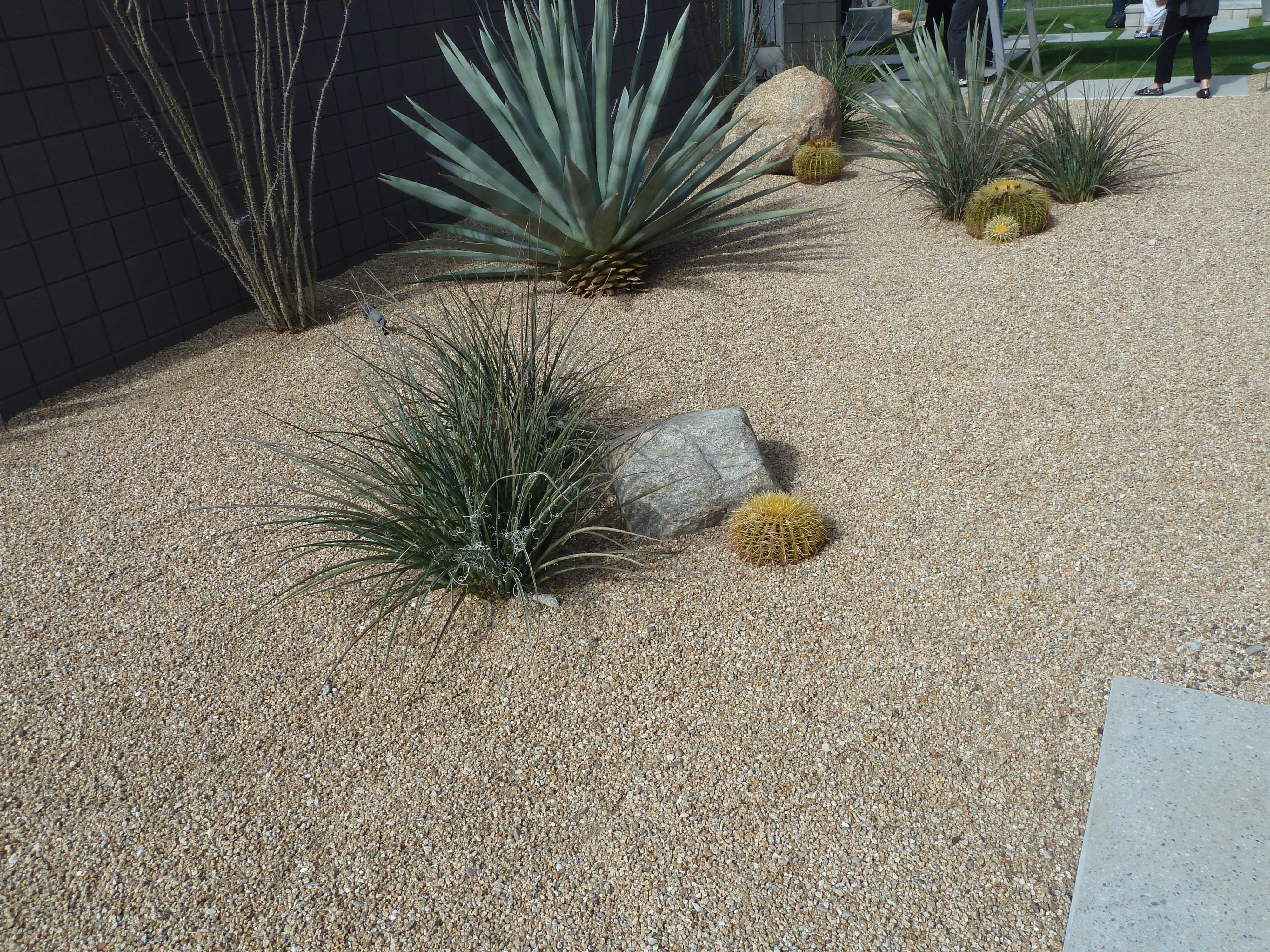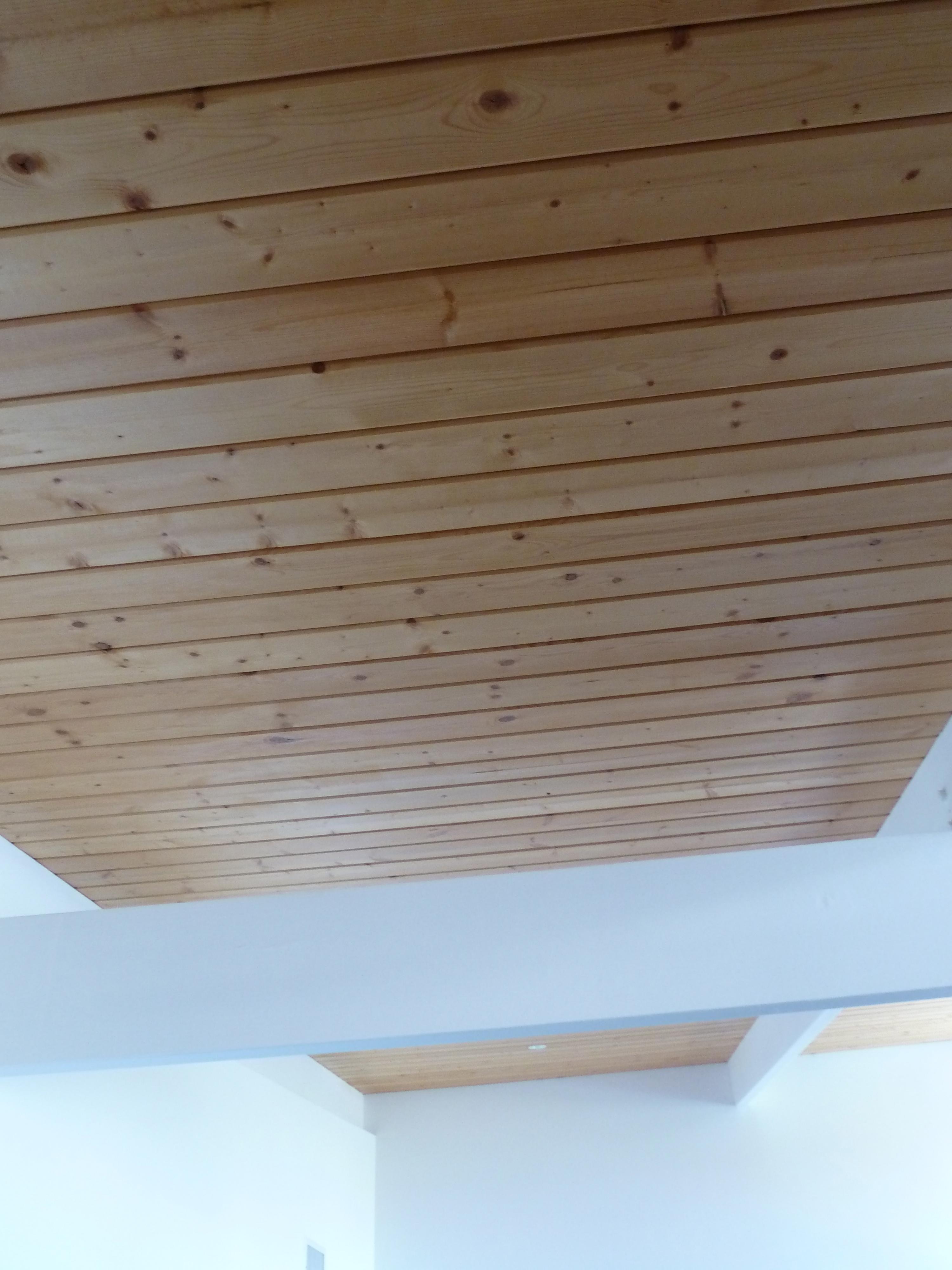It was an open house. The buyers came in, fell in love, and wanted the home. The only problem was, it had just sold. You’ve heard this scenario before, except these buyers loved the home so much, they built the same home on their own lot. What they loved was the fabulous, fresh contemporary style and the open feel of the home. It had high ceilings and big windows that captured views of the mountains, flooding the home with light. The design was elegant in its simplicity. Clean lines and sleek finishes captured today’s modern aesthetic. Given its modern flair, one would assume this was a new, cutting-edge design. But it was not. The home had been designed in 1955!

Solar Panels Provide Energy to the Home
-
- tankless water heater
-
- variable-speed pool pump
-
- drought-tolerant plantings
 Drought-Tolerant Landscaping
Drought-Tolerant Landscaping
-
- a drip system where there’s grass
-
- an integrated system for insulation, vapor barriers, thermal breaks, and venting
-
- rigid foam insulation, incorporating an air barrier between it and the roof sheathing
-
- tongue and groove ceiling
Tongue and Groove Ceiling

The 15 solar panels, for example, cut the owner’s energy bills from $4,000 to $2,000 a year. The variable-speed pool pump installed by HPE was another winner because, according to HPE, 25% more was knocked off the heating bill. You don’t have to live in Southern California, love mid-century modern or have a pool to save energy costs. Great design can work well with energy-efficient systems, whether you live in Southern California, Portland, Seattle or Boise. Consider energy usage when buying or building a new home or remodeling an existing one. Look at the “price tag” for energy-efficient systems. Find out more about how much it will actually cost to live in the home and use the existing systems, versus replacing or building with newer efficient systems. The initial cost should be balanced against the savings generated over time. Many systems pay for themselves in just a few years and continue to save money each year after that. More than likely, you’ll be surprised by the money saved overall. To increase the value of your home, buy with both great design and energy efficiency in mind. It’s the smarter way to buy a home.
Debra Sinick is a broker with Windermere Real Estate/East and has worked in real estate for the past twenty-four years, twenty-one of which have been with Windermere. She works at the Yarrow Bay office in Kirkland, Washington. Her blog focuses primarily on eastside real estate trends. She also writes about her passions: green living and modern, prefab and eco-friendly architecture and design. You can find her blog on local market news at www.eastsiderealestatebuzz.com.
 Facebook
Facebook
 X
X
 Pinterest
Pinterest
 Copy Link
Copy Link



